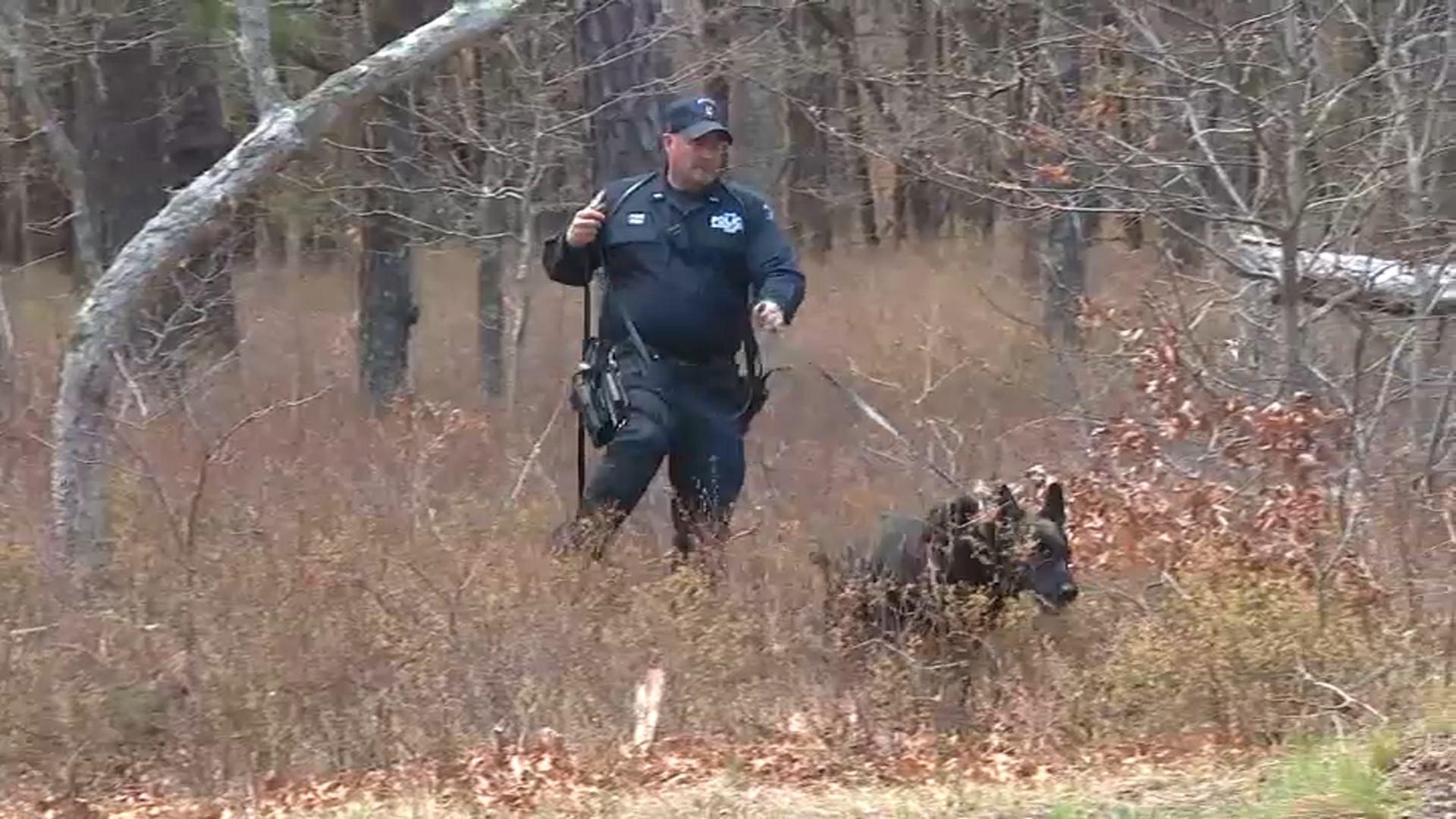Scientists are finding ways to predict the future community spread of infectious diseases like coronavirus, monkeypox and polio by investigating the wastewater found in underground sewers.
NYC Health + Hospitals launched its new Biosurveillance Program in February and has successfully predicted COVID and influenza rates up to 14 days before being reflected in the clinical setting. Since then, diseases like polio and monkeypox have been included in the program testing.
"Wastewater enables us to sample the entire community at the same time with a single assay. We can literally sample from hundreds of thousands of people here in New York City. We're able to tell approximately the level of SARS-CoV-2 in the wastewater and extrapolate that back to case numbers," said biology professor John Dennehy at Queens College CUNY to NBC New York.
Working with wastewater is not a novel method of testing. Earlier in the COVID-19 pandemic, the Centers for Disease Control and Prevention launched the National Wastewater Surveillance System (NWSS) in order to track coronavirus as it traveled across the U.S.
Get Tri-state area news and weather forecasts to your inbox. Sign up for NBC New York newsletters.
With more people turning to at-home rapid tests, wastewater surveillance is an affordable and non-invasive approach that can provide an early warning of disease outbreaks in particular communities.
"Our COVID PCR testing started to decrease, so as a hospital system we needed to know what's going on situationally in our community and in our patient population," said Leopolda Silvera, Global Health Deputy, Global Health Institute for NYC Health + Hospitals/Elmhurst.
Disease upticks and downticks can be noted within this surveillance, which means the hospitals can be proactive with staffing at sites, improve vaccine education and distribute resources. NYC Health + Hospitals works in tandem with the city in updating data efforts.
News
Viruses are shed in the bathroom even after flushing the toilet, which makes this an indicator of what's infecting an area.
The samples are collected over 11 hospitals with wastewater running in either main pipes or manholes. The next stop is the Queens College CUNY Wastewater Epidemiology Laboratory (WETLAB) where captured viruses are processed to extract genetic information-carrying material.
The final step takes place at the Pandemic Response Laboratory for genomic sequencing where specific variants can be amplified and detected.
Once health departments receive the results from wastewater testing, healthcare workers can strategize the next steps for curbing the spread.
"There are two main reasons why this is just beginning to ramp up. One is that it is a complicated activity that requires a lot of coordination with many stakeholders, but of course, it's the complexity of the sequencing," said Jon Brennan-Badal, CEO of Opentrons Labworks, who hopes this activity becomes more widely known.



